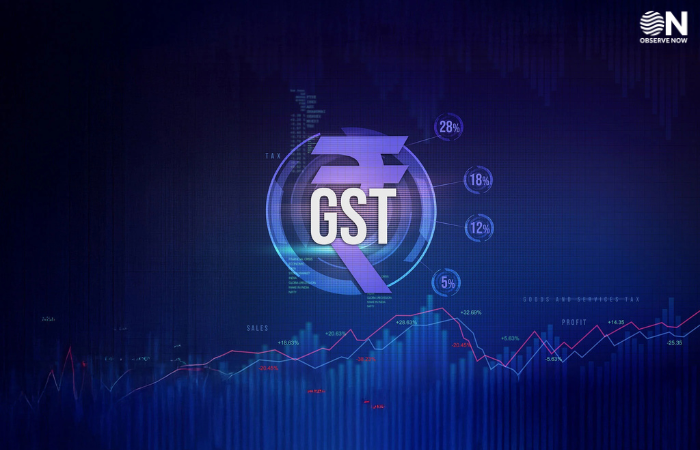GST Reform: Unlocking India’s Growth Potential

India is preparing to roll out one of its most significant tax reforms since the introduction of the Goods and Services Tax (GST) in 2017. GST collections have nearly doubled over the last five years, reaching ₹22.08 lakh crore in 2024–25, signaling improved compliance and transparency. Building on this momentum, the government plans to simplify the GST structure by reducing the multiple tax slabs to just two—5% and 18%—along with a separate category for luxury and sin goods. The goal is to remove inefficiencies, encourage consumption, and boost business competitiveness.
By rationalizing slabs, essential commodities and consumer durables are expected to become cheaper, offering relief to middle-class families and small businesses. Economists argue that this reform will increase household purchasing power, stimulating consumption, which already accounts for nearly 60% of India’s GDP. Lower prices for daily essentials and reduced compliance burdens for businesses will make the system more business-friendly, especially for MSMEs.
The reform also strengthens India’s long-term plan of aligning tax policy with its Viksit Bharat 2047 vision. Simplification is likely to reduce litigation and improve state and central government coordination. With rising revenues, the government also has fiscal space to invest in infrastructure and welfare. However, successful implementation will depend on cooperation between the Centre and states, as tax revenues form a significant part of state finances.
Industry experts view the GST overhaul as a bold step toward streamlining India’s indirect tax system and improving investor confidence. Once finalized by the GST Council, this reform could bring lasting benefits to both citizens and the economy, unlocking new growth potential for the coming decades.















